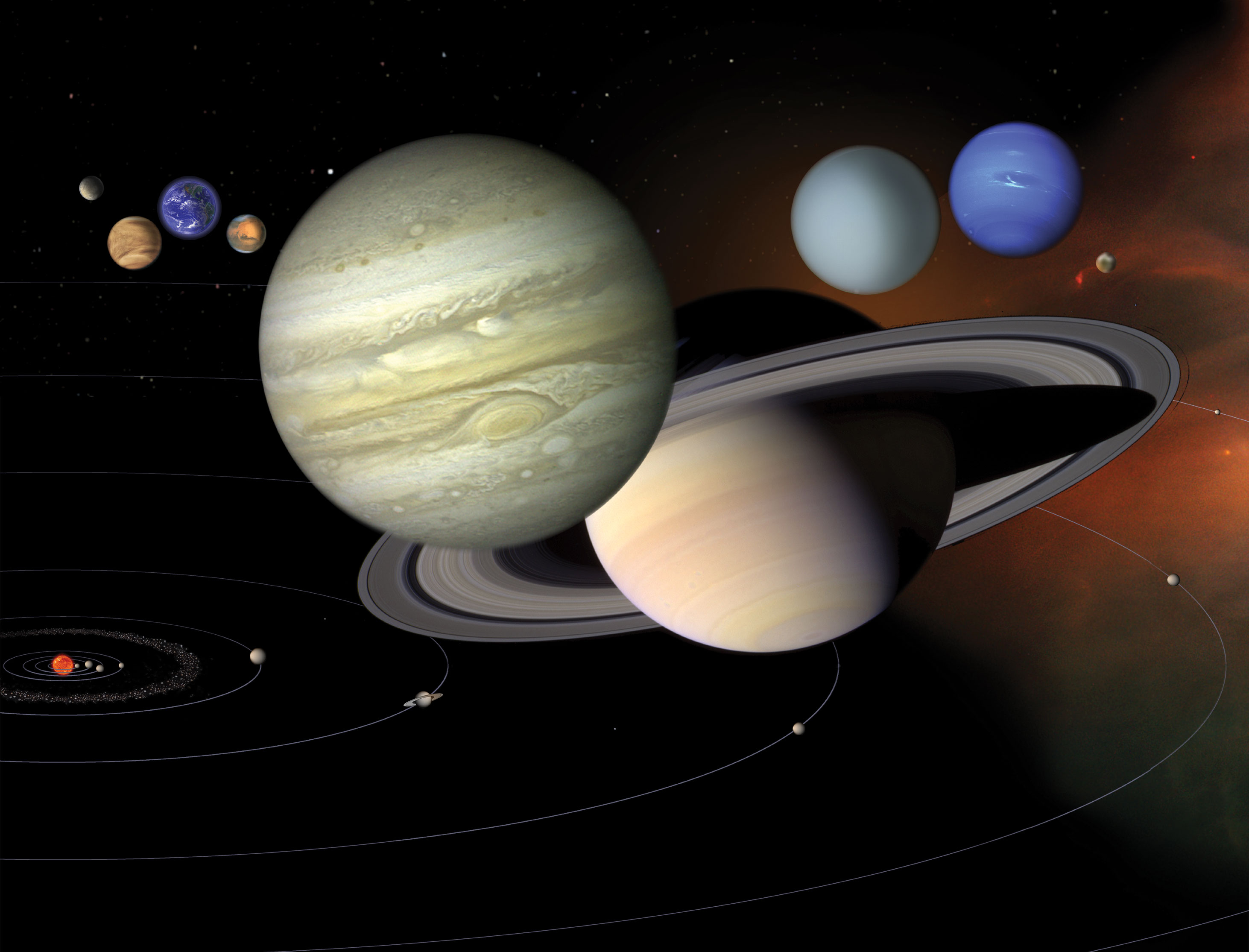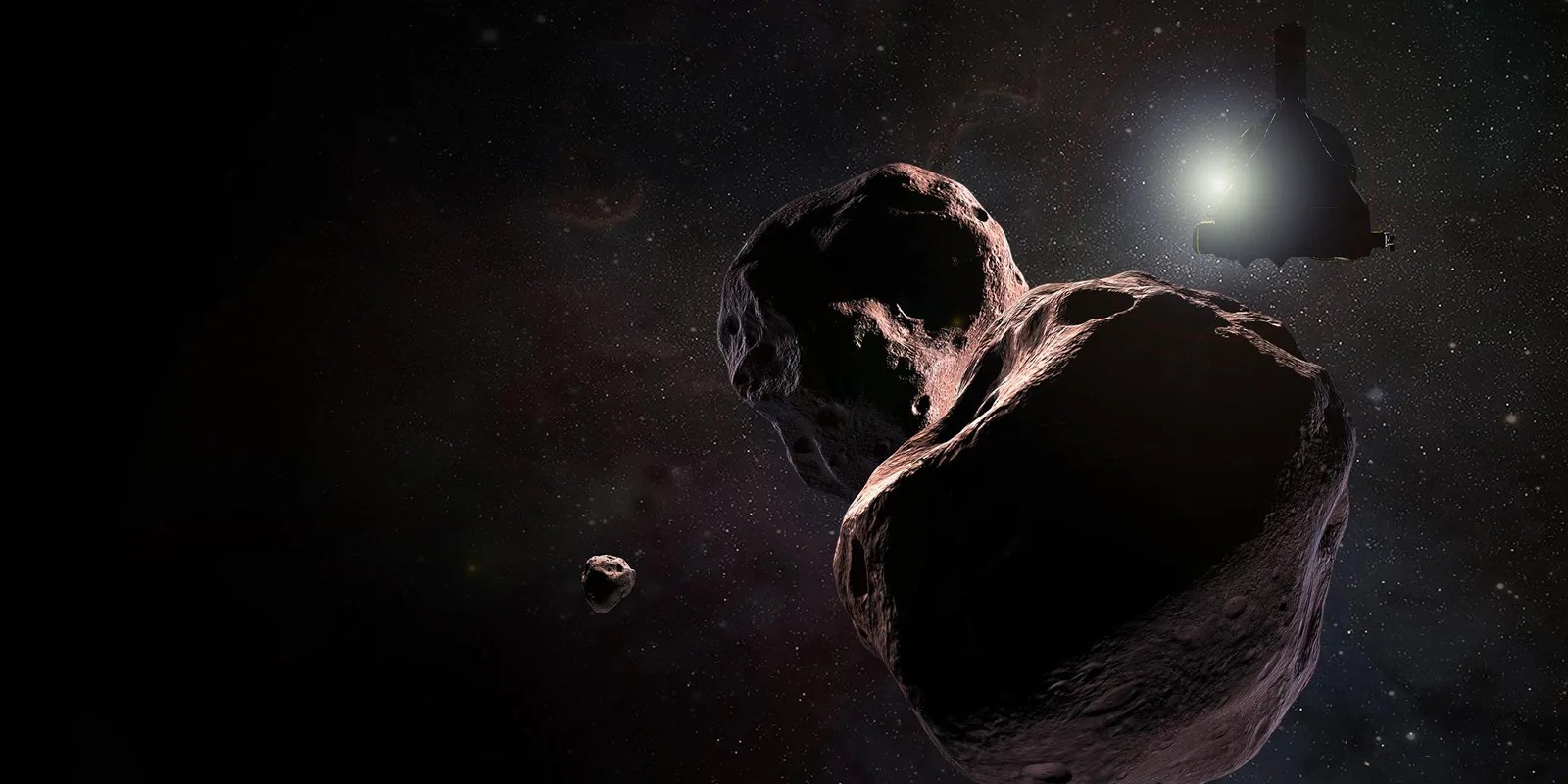Eukelade
Discovery
Eukelade was discovered on Feb. 6, 2003, by Scott S. Sheppard at the Mauna Kea Observatory in Hawaii.
Overview
Eukelade is a member of the Carme group, a family of Jovian satellites which have similar orbits and appearance and are therefore thought to have a common origin. The group probably began as a D-type asteroid (possibly from the Hilda family or the Jupiter Trojans) that suffered a collision, which broke off a number of pieces, either before or after being captured by Jupiter's gravity. The largest remaining chunk (still retaining 99% of the group's mass) was named "Carme," and the smaller pieces became the other 16 moons in the Carme group.
All of the Carme moons are retrograde, which means that they orbit Jupiter in the opposite direction from the planet's rotation. Their orbits are also eccentric (elliptical rather than circular) and highly inclined with respect to Jupiter's equatorial plane. They all are very similar in color—light red —except for Kalyke, which is considerably redder than the others. All of these characteristics support the idea that the Carme satellites began as a captured asteroid, rather than forming as part of the original Jupiter system. None of the Carme members are massive enough to pull itself into a sphere, so they are probably all irregularly shaped.
Eukelade has a mean radius of about 1.2 miles (2 kilometers). At a mean distance of about 14.4 million miles (23.3 million kilometers) from Jupiter, the satellite takes about 730 Earth days to complete one orbit.
How Eukelade Got its Name
Originally called S/2003 J1, Eukelade was named for one of the Muses, who were daughters of Zeus, the Greek equivalent of the Roman god Jupiter. Her name means "well sounding."
A name ending in "e" was chosen for this moon in accordance with the International Astronomical Union's policy for designating outer moons with retrograde orbits.




